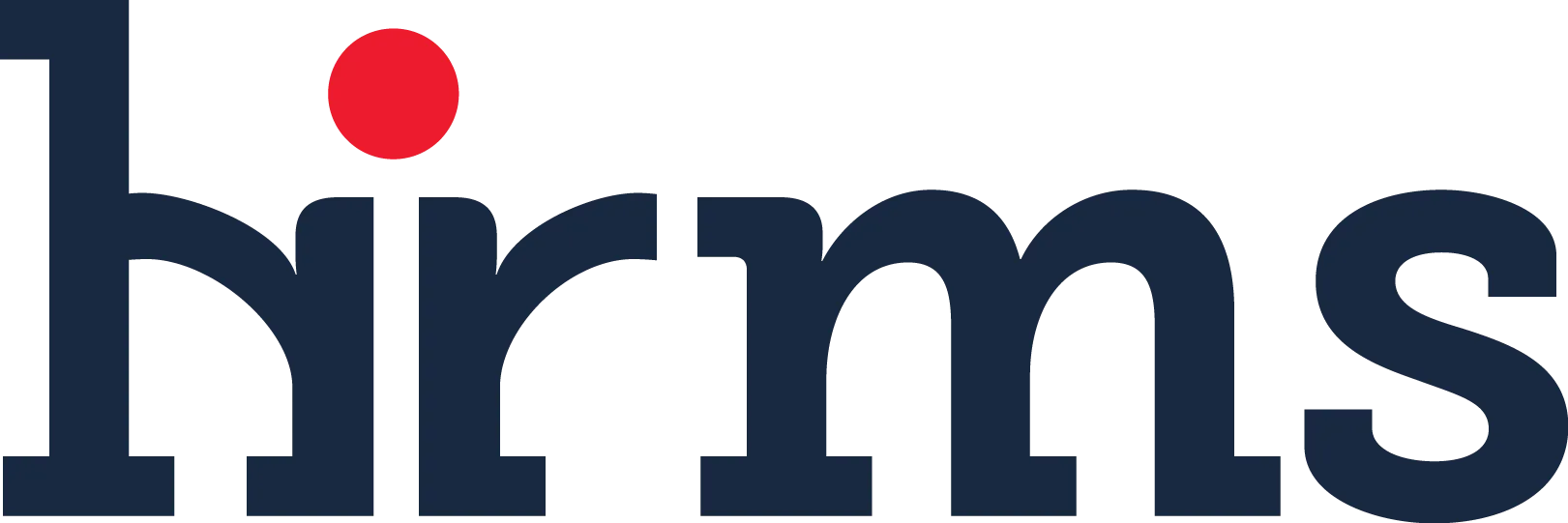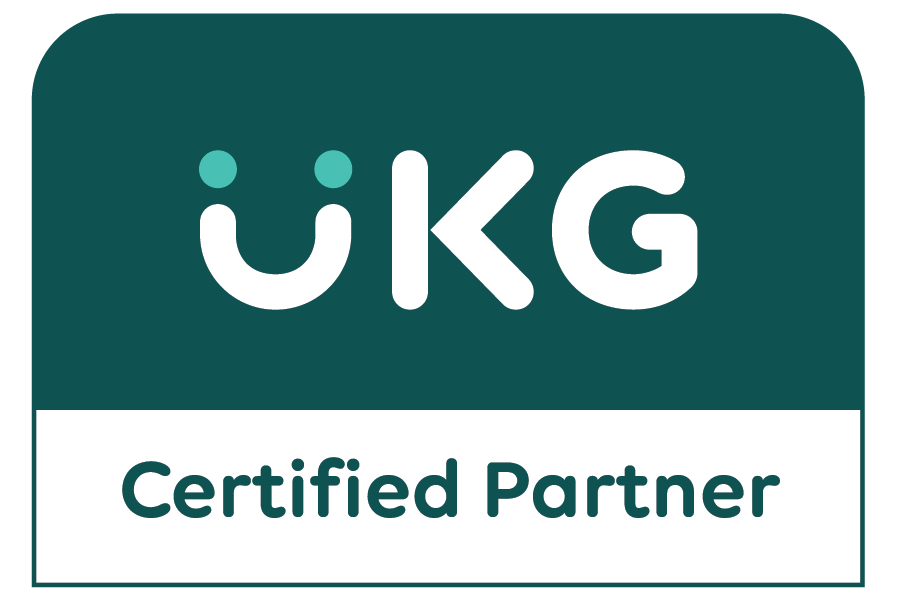3 Stages of the HCM Demonstration – Stage 2 of 3
In the first stage, Planning and Preparing for the Vendor Demonstration, we presented areas for your organization to take into account when embarking upon the HCM demonstration. During this stage the groundwork for productive presentation sessions were established and now you are ready to begin evaluating vendors and their HCM solutions. But what exactly are you evaluating? Seems like an easy enough question with a simple enough answer. Unfortunately, organizations too often are focused on application bells and whistles showcased by the vendor, ‘surface-level’ product functionality, and how ‘it appears’ the solution will address their current pain points.
In our opinion, the depth of the HCM Evaluation needs to be deeper and broader than just fixing the “current state.” Concentrating on only the current pain points limits the influence companies can have on their people and business processes; missing a golden opportunity to leverage HR technology and make a strategic impact to the organization.
Organizations should also consider upcoming trends in HR and workforce management; what’s the viability of the vendor; its direction and investment strategy (i.e. product development, professional services, client support, etc.), the technology infrastructure and integration/interoperability model to other systems; understanding the system’s configuration capabilities; the front-end tools and branding; what impact will modifications to the solution have on future releases and what internal resource skill set is needed to support and administer the application.
Examining these topics will serve your organization well as you prepare to make this major investment. So, what should you be looking for from these HCM evaluation areas? We’ve broken things down into four major areas and provided some general guidance to use as you assess vendors and their offering.
Rating the Solution – Functional Capabilities
- Breadth and Depth of Functionality: This can be a tricky one. The number of functional components in a solution is not indicative of its superiority. Just as having some very specific or significant features in one particular area does not imply the entire solution is as comprehensive in other areas. You will again need to look closely at your requirements and compare them against the demonstrated capabilities of the solution. There are always trade-offs between a vendor offering a full span of human capital management components compared to a vendor who focuses in specific areas (e.g. benefits, recruiting, performance or learning management). Keep in mind, it will take more than an initial demonstration to gain any real understanding of the vendor’s full breadth and depth of functionality.
(You can read about this breadth and depth of functionality in more detail in this blog about a Unified or Best-of-Breed Strategy).
- Current and Future Requirements: As you review vendors and their solution, part of the preparation process should be to outline and prioritize your organization’s pain points, requirements and desired capabilities. The use of a score card to grade each vendor can be beneficial for your team in keeping the evaluations organized, focused and consistent. It is also recommended that your firm consider potential organizational growth needs. Will your firm be acquiring new business units, adding headcount, entering into new markets or expanding globally? Are you looking to add more value to the organization by identifying top performers and the characteristics that your talent acquisition team should be targeting? How is your firm identifying and developing future leaders? If these people management areas are part of your organization’s vision, it is never too soon to add these strategic initiatives to your HCM evaluation to understand the role HR technology will play in addressing these HR endeavors.
- Future HR Technology Needs and Trends: Just as your team is looking into future people management needs, we recommend asking each vendor to provide thoughts on the HR Tech industry, what their process is to research and leverage new and emerging technology, and how their product reacts and embraces changes in legislation related to the management of people,. Partnering with a firm that consistently invests back into their solutions should be a key ingredient in your HCM evaluation.
Rating the Solution – Technical Capabilities
- Technology Infrastructure: A topic that is often skirted over during presentations but is important to understand is the HCM technology aspects. Listed below are some of the technical components we recommend you inquire about from each vendor you are evaluating.
- Deployment model
- Integration and interoperability model and tools
For example: import and export interface templates, application programming interfaces (APIs), EDI 834 – health plan enrollment Electronic Data Interchange - System administration, configuration and personalization capabilities
For example: branding tools, workflow designer, alerts and notification engine, audit capabilities, page or form editor, electronic signatures, other system tailoring tools. - Security model
For example: row-level, object-level, field-level, single-sign on, etc. - Reporting, querying, analytical and business intelligence tools
- Necessary Internal Skills and Competencies: Understanding the skills and experience needed by your own internal resources to effectively use and support your HCM solution is not an area to overlook during the HCM evaluation process. We suggest reviewing each vendor’s response to the above technical components to give you an idea of the skill profile your team will need to successfully embrace, manage and fully utilize the application.
In addition, we suggest looking at the skills and time your team will need to deploy a new HCM system. It is not reasonable to think that your team’s current job duties will stop or simply go on hold during an HCM implementation. Think about how much time each of your team members can realistically dedicate to this project. There will be some major implementation tasks, such as data migration and user acceptance testing, that are very time consuming and require an attention to detail and inherent product knowledge. It may be worth considering looking at an implementation partner who can offer a hand with these type of client-side project management tasks.
Note: be mindful when rating the functional and technical capabilities of the solution, you are rating the application not the vendor’s personnel (i.e. sales account executive, pre-sales/solutions consultant, etc.) making the presentation. It can be hard to separate out the personal aspect, but doing so will help with being impartial.
Rating the Vendor – Viability, Strategy, Culture and Price
When considering the viability of a business partner, it is critical to evaluate aspects such as the vendor’s culture, financial health, marketplace stability, tenure of workforce, vision and overall business strategy. Below is a list of items to consider when rating a HCM vendor:
- Company culture, mission, vision and overall organizational philosophy
- Financial health
- Stability of workforce: especially the project management, implementation and customer support teams
- Direction and investment strategy: specifically, in the areas of product development, application services and customer support
- Product roadmap and release schedule
- Application cost (1st and subsequent years): license, activation and subscription fees; annual support & maintenance; consulting, implementation and training fees; and hardware & software costs
- Marketing investment, awards and reviews: advertisement media, trade shows, user conferences, review sites, research firms, crowd sourcing platforms, etc.
- Market commitment and industry position
- Customer service and client retention
Rating the Vendor – Service and Support Model
Professional consulting services are one of the most important and differentiating HCM evaluation criteria. It is this group of professionals and their work that will ultimately determine the success of your project and the ability of the application to support your initiatives. Critical to the success of the project is a clear understanding of the vendor’s implementation methodology. Evaluating the maturity and tenure of the vendor’s consulting practice should be high on the valuation of every vendor. Here are some professional consulting service related topics to assess:
- Resources: years of industry and solution experience
- Customer Product Support
- hours of operation
- response time
- escalation process
- tenure of staff
- support tools: phone, email, chat, knowledge base, etc.
- types of support: standard, premier, dedicated
- training: on-site, online, regional, training videos and quick tours
- documentation: manuals, guides, on-line help, tutorials and other product education aides
- Client references and success stories
- Client retention and success rate
- Implementation methodology: agile, waterfall, scrum, six sigma, etc.
- Implementation services: implementation, initiation or activations, client-side project management & support, optimization, configuration, reporting and BI, data conversion, integration, technical, outsourcing, product training, etc.
- Implementation approach; good, fast or cheap
Now that you know ‘what’ areas to evaluate, here are a few tricks of the trade or things to keep in the back of your mind during the HCM evaluation.
- Review HCM Project Objectives and Listen Closely
Prior to any vendor presentation, spending time with your evaluation team reviewing the objectives you set during the Planning and Preparation stage is critical. These important goals can easily be forgotten or jumbled as you sit through various demonstrations and time passes from the onset of this HCM endeavor and between each of the vendor presentations. Bringing them to mind just before each presentation will help the team stay focused on what is important. Remember that this is both a fiscal investment and a relationship decision. And, we find that most companies are looking for at least a 7-year partnership adding to the pressure of selecting the right vendor.
Listen closely during the presentations. After a while, presentations can begin to meld together becoming easy to just ‘watch’ the presentations. As a part of the evaluation team, it is your responsibility to participate and be engaged in the demonstration. We can tell you that most vendors will spend the majority, if not the entirety, of the presentation showcasing and bragging about their superior functionality and technology. They will all typically give a 5-minute overview of their company using a set of marketing created slides that highlight how long the company has been in business, where they are located, recent awards, and client logos. But, what did they say about their professional services, implementation methodology, customer service and support?

- Show and Tell, not Can’t Show and Tell
Over the years, we have found that what a vendor says their system can do compared to being shown what the system provides or can do is often times very different. Albeit not every solution capability can be shown in a demonstration and can only be handled through dialogue. However, don’t be afraid to ask the solution consultant (aka demo person) to “show” you how something works or where in the system it can be found. Typically, we find that you can cut through the talk by simply asking to see it. If there’s a few minutes of fumbling, explaining, dancing, back-n-forth looks between the vendor presentation team or hearing the words “we will need to come back at another time to show you”, the functionality most likely does not exist. On the other hand, if the solution consultant can explain or show you what you are asking about without hesitation and with confidence, this is indicative that the functionality exists or at the very least they believe it can be built into the solution. Be cautious however of the ‘can be built’ into the product response. And if it is critical for your organization, ask about the possibility of a proof-of-concept. The vendor may charge you for this type of service, but in certain situations it might be worth exploring.
A few other things to keep in mind during product demonstrations is (1) is something ‘too good to be true’, (2) is the vendor selling future functionality, and (3) are the answers to every question a “yes”? Each of these are additional red flags to raise. Take into account that it’s possible the solution consultant is demoing from a pre-fabricated, pre-release or customized version of the application. Remember, the vendor knows what is hot in the market, what shows well in their solution and that ‘sexy stuff’ sells. They will be trying to showcase anything and everything in their solution that organizations are demanding and desiring, even if they have had to lean upon their own development or services team to help configure a system to enable them to do so. And believe us when we say, there are plenty of vendors out there that have a bunch of smoke and mirrors in their presentations. Do not hesitate to ask them to reveal anything in their presentation that is not ‘stock’ or out-of-the-box functionality. You deserve to know if what is being shown to you is actually in the product version you will be purchasing.
Finally, it is typical to see a few fancy analytical graphs, attractive self-service portals with inviting imagery, and general other primary high-level capabilities in first and even second demonstrations. What you may not see and that we actually like to see from a vendor at some point in the HCM evaluation are system administration activities and tools (e.g. adding fields to the system and pages, setting up workflow and alerts, modifying standard reports, creating new queries, adjusting benefit plans, reviewing integrations and system configuration tools, etc.). We encourage you to request a deeper more technical dive into the vendor HCM solutions. The audience will change for this type of presentation, but seeing and hearing a vendor’s response to these areas of a solution are critically important to the holistic review of the solutions.
In closing, the most important asset in an organization isn’t the equipment, the technology, the intellectual property or the material goods and services produced. The most valuable resource or component of a company is its people — the human capital. Without employees, there really is no business. The management of this essential resource and related workforce data is critical and the need to measure business results as they apply to your people is crucial. So, don’t be afraid to take time and dive deep during the HCM evaluation phase. Your organization is embarking upon an important project and a big investment in terms of money, time and people.
Next up in this three-part Stages of the HCM Demonstration blog series is focused on post demonstration follow up.






